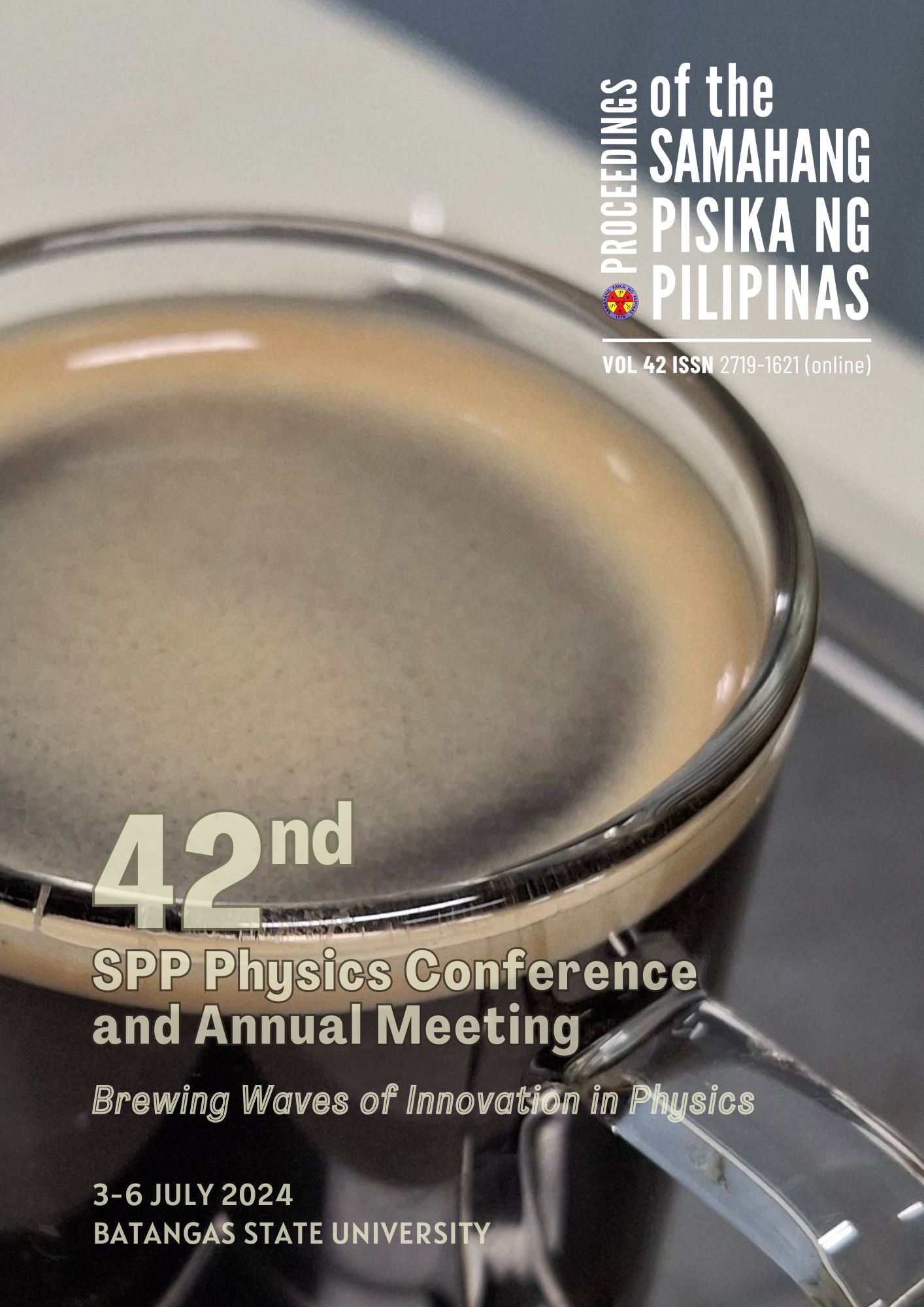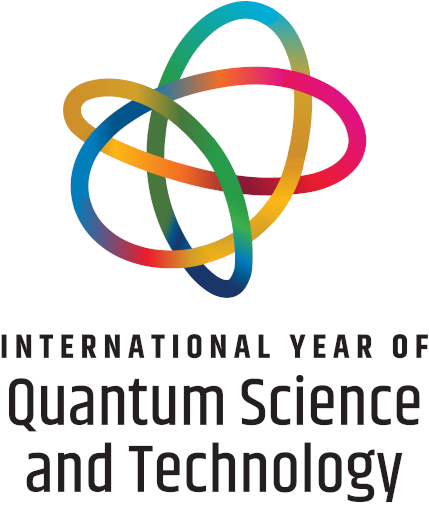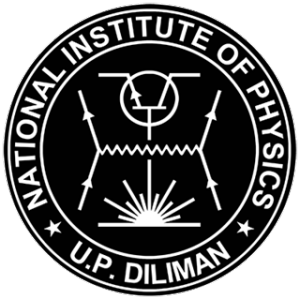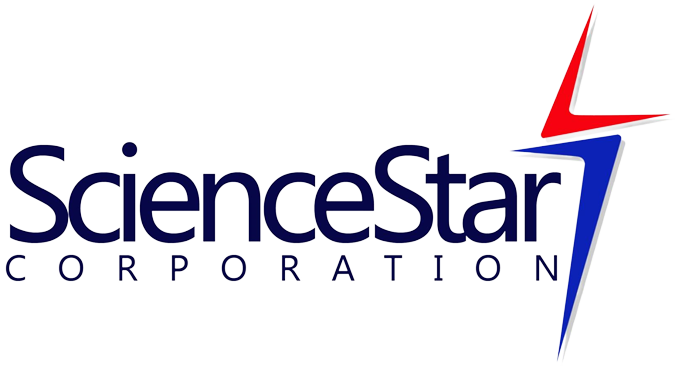Micro-pillar surface orientation and its effect on laser-accelerated proton beam quality
Abstract
Implementing micro-pillar protrusions on a micro-target surface can potentially enhance laser-to-ion energy conversion and proton beam collimation during laser-driven ion acceleration. Using the particle-in-cell (PIC) simulation code EPOCH, a singular pulse of a 1 μm relativistic Gaussian laser beam irradiated the front surface of a 2 μm thick Al substrate with micro-pillars, heating the target and producing plasma. The laser-plasma interaction produced a strong electric field (1013 V/m) and proton beams with energies tens of MeV high. The target with rear surface micro-pillars emitted stronger electric fields, while the target with front surface micro-pillars produced proton beams of higher energy and lower divergence. However, the implementation of micro-pillars appeared to have lowered the proton beam density.
Downloads
Issue
Brewing waves of innovation and discovery in Physics
3-6 July 2024, Batangas State University, Pablo Borbon Campus
Please visit the SPP2024 activity webpage for more information on this year's Physics Congress.
SPP2024 Conference Organizers
SPP2024 Editorial Board
SPP2024 Partners and Sponsors











